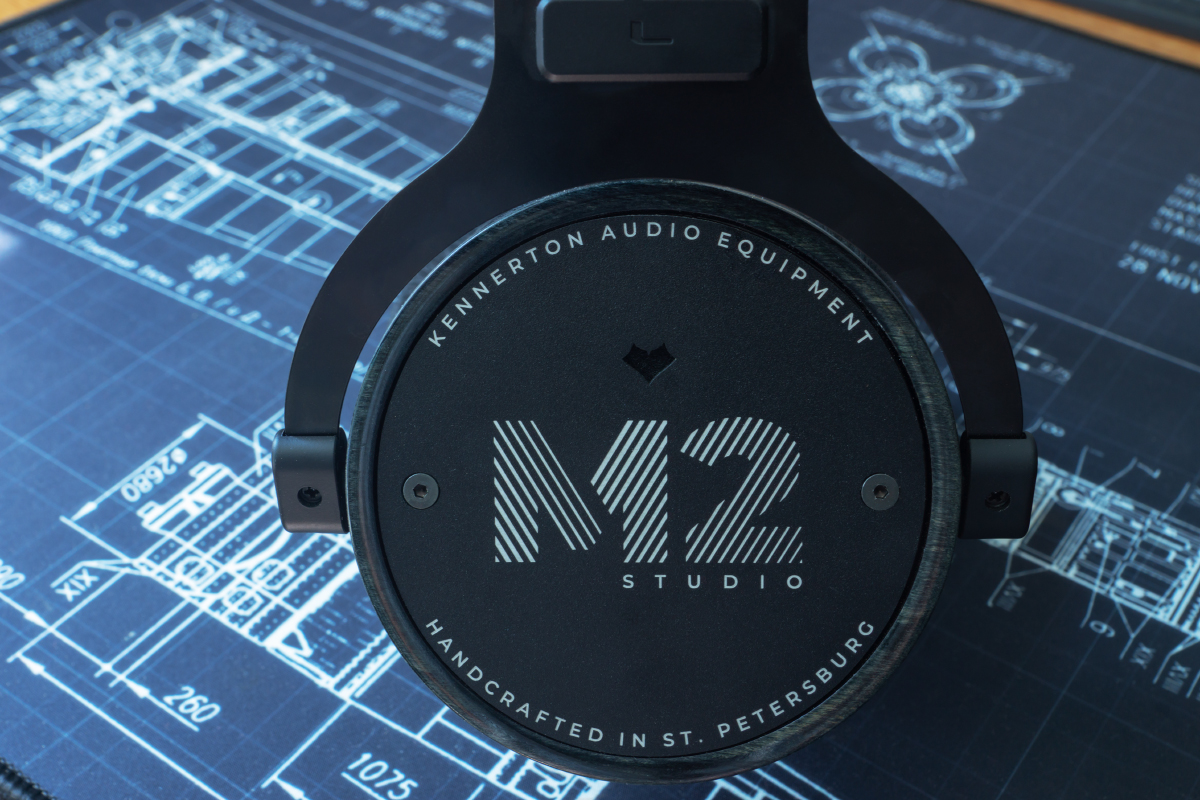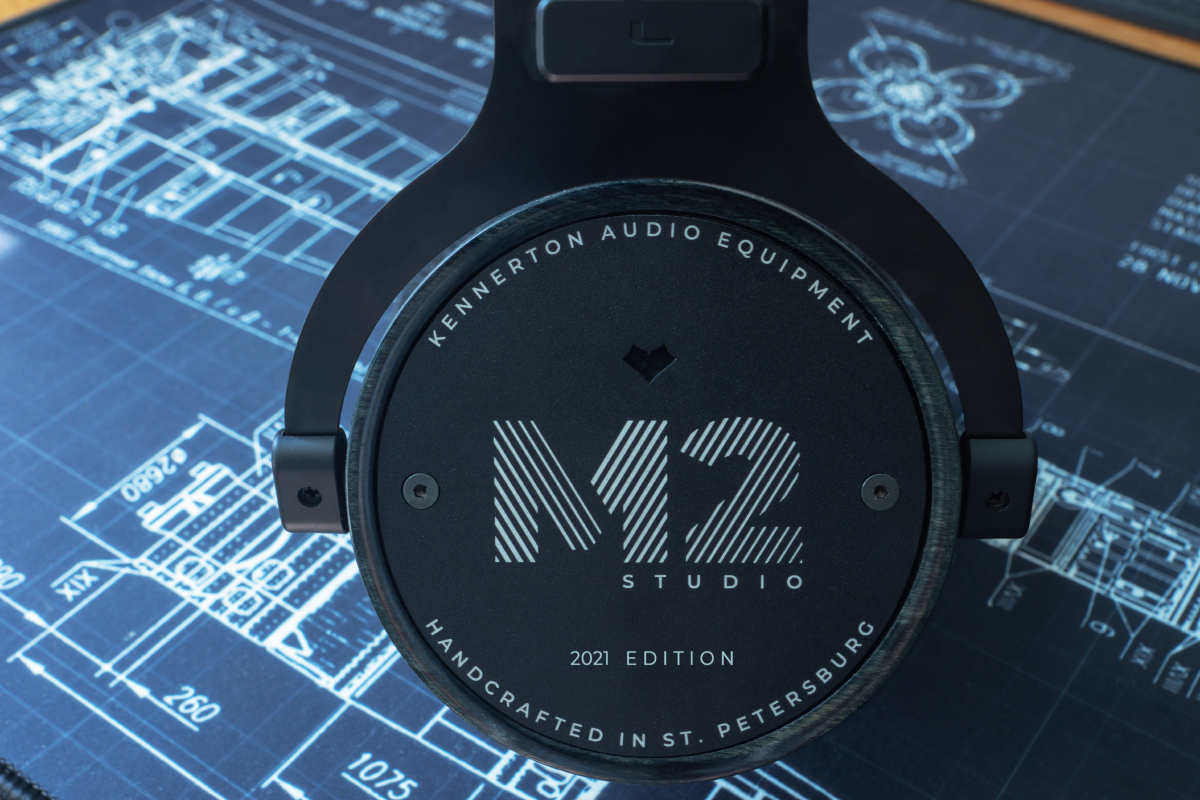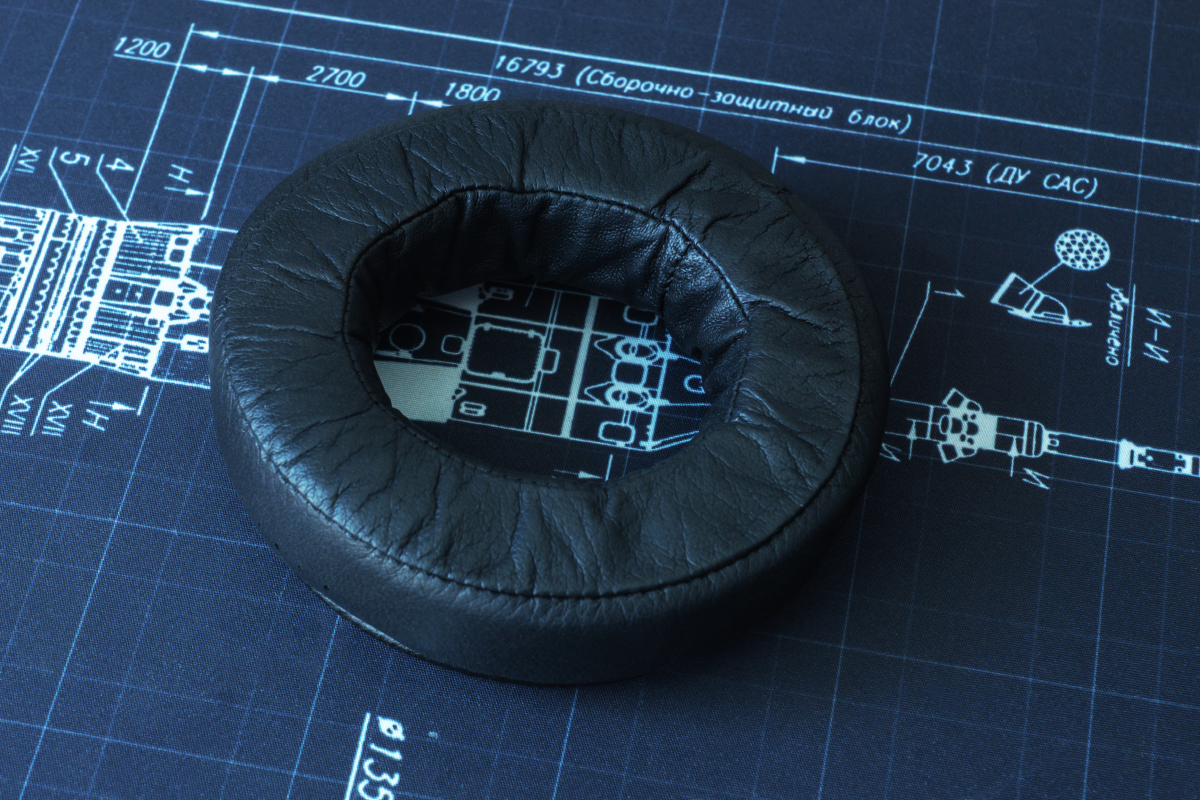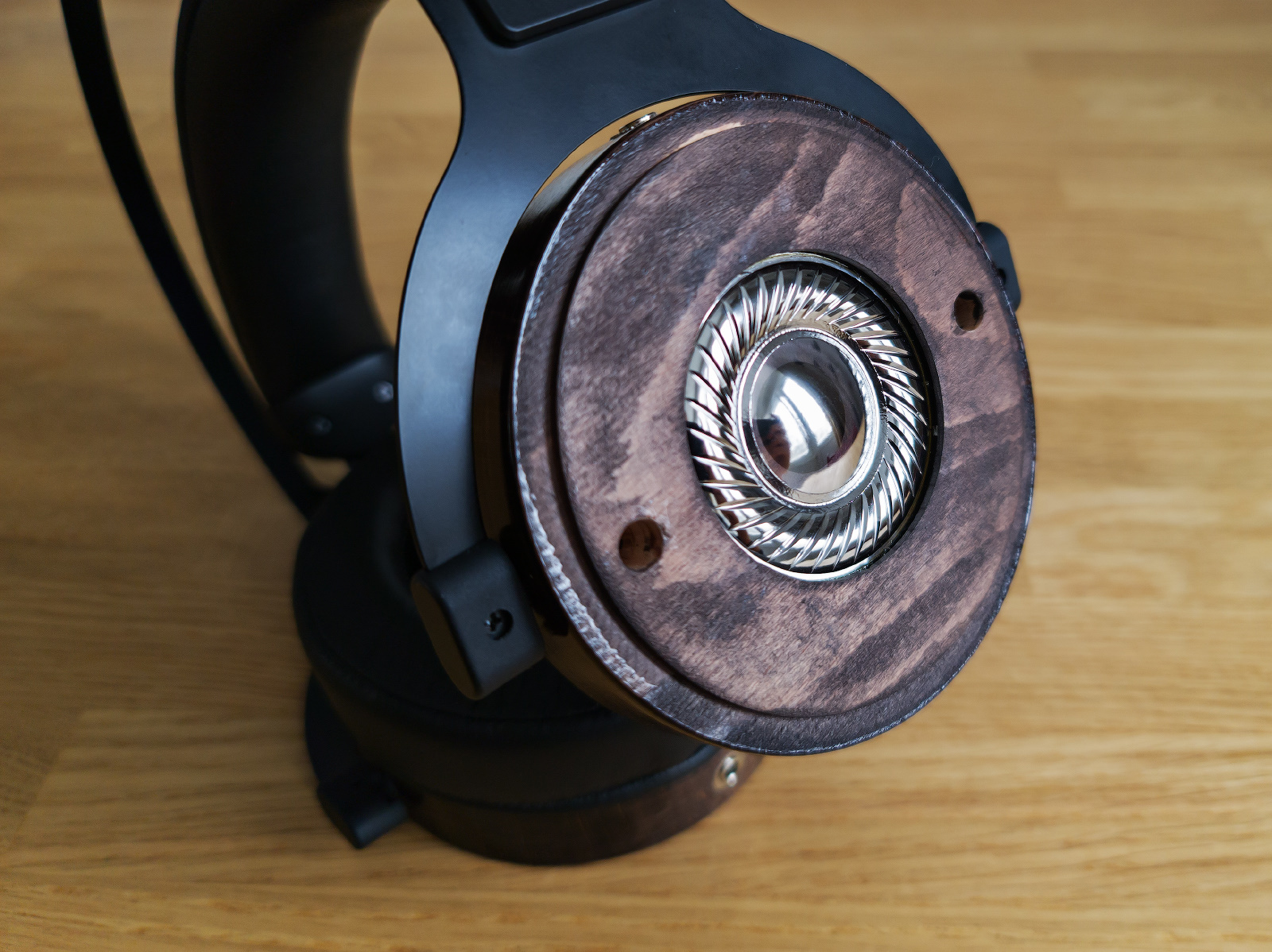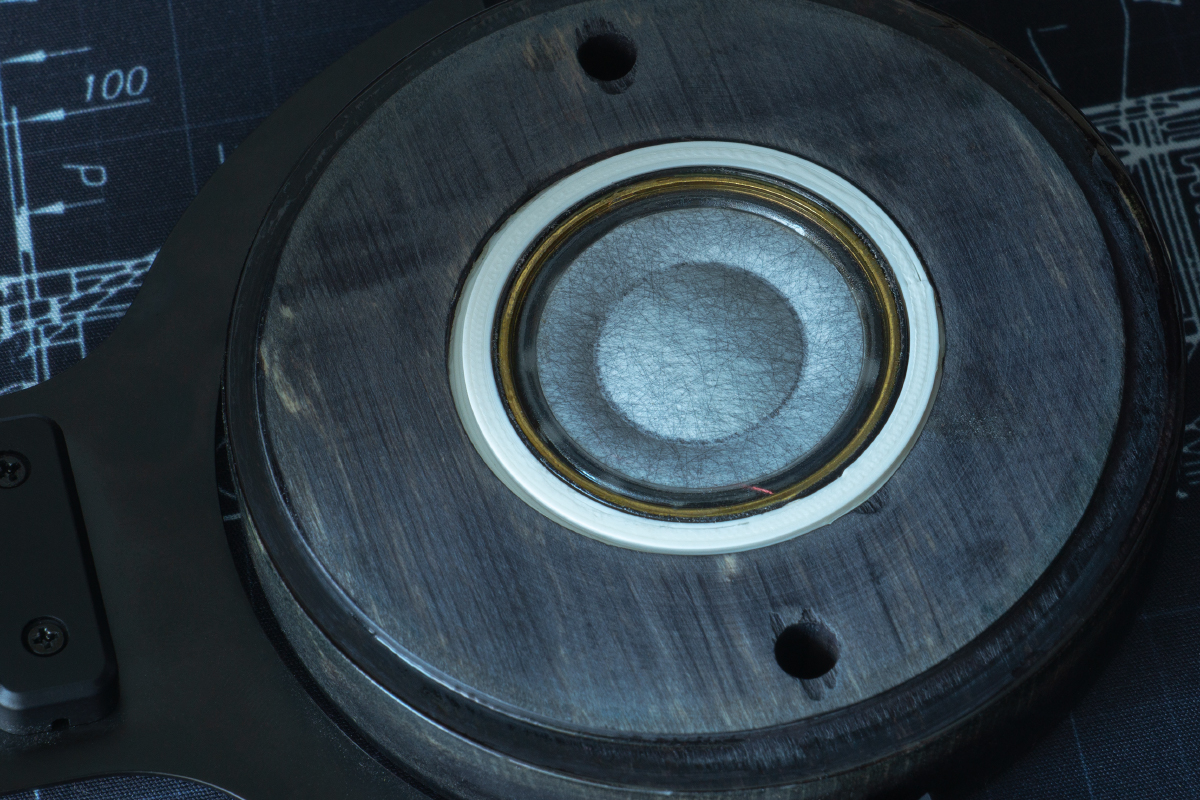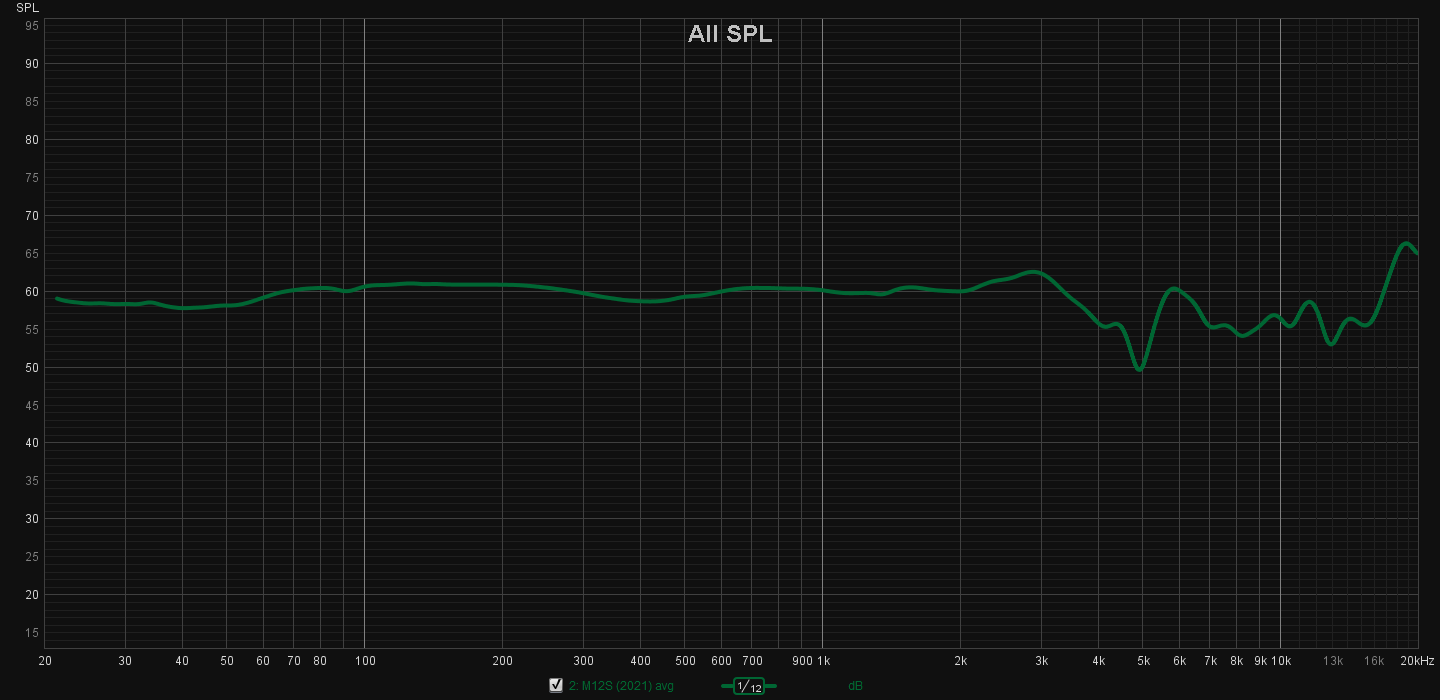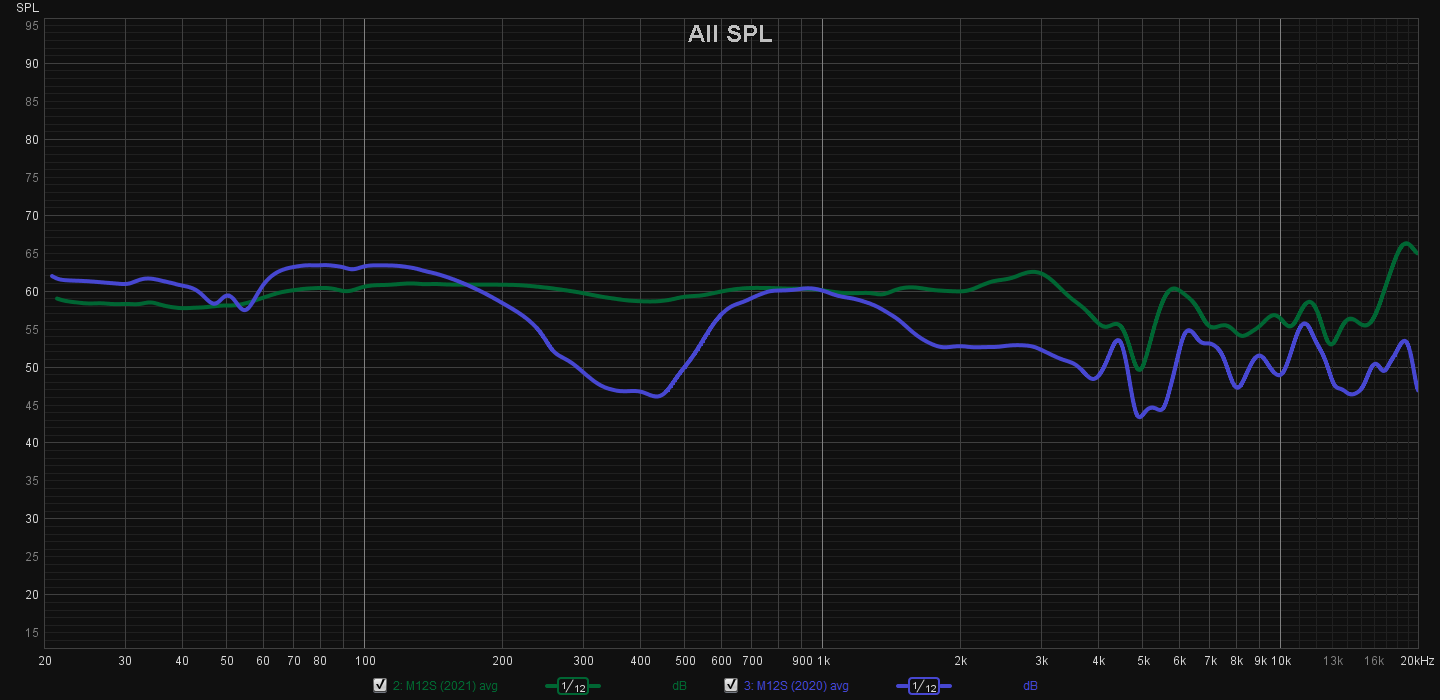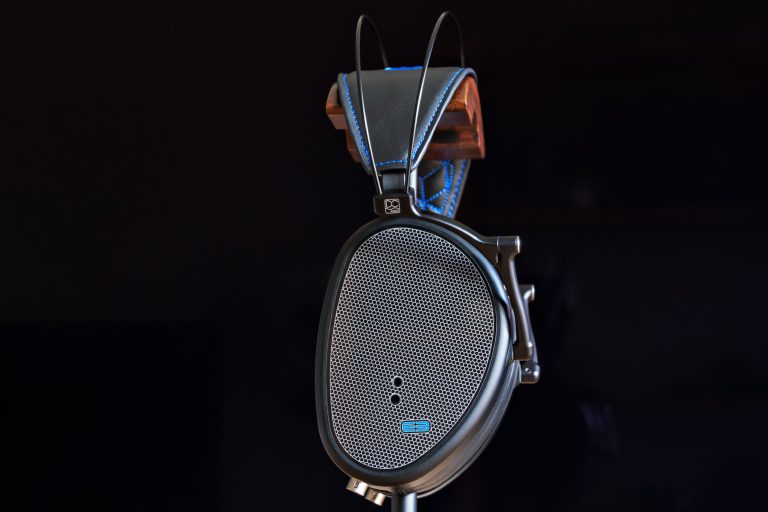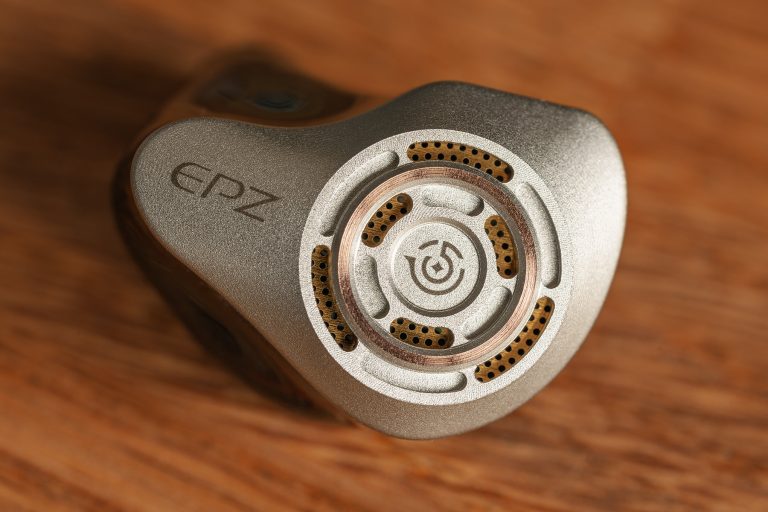Kennerton M12S (2021). Out of the blue
In 2007, Nassim Taleb wrote a book called ‘The Black Swan: The Impact of the Highly Improbable’, in which he introduced the concept of a ‘Black Swan’ event. He describes it as an event that was unpredictable before, but became completely rationally explicable in hindsight, and also triggered some significant consequences.
Why am I telling this to you?
It’s no secret that all Kennerton headphones have a strictly subjective setting, and the manufacturer themselves have repeatedly stated that they try not to focus on the measurement graphs, but to use their own hearing and subjective understanding as reference for the way different items should sound. I’d say, such an approach is a viable one, since it allowed Kennerton to gather a community of loyal fans around their headphones.
And that is why the release of the M12S 2021 edition was a complete surprise for me personally. Below I will try to explain why I absolutely fell in love with these headphones and think they’re one of the best among all the current company’s models.
Appearance, build, technologies
The new M12S look almost no different from the 2020 model. As always, Kennerton didn’t put any revision markers on the backplate. And that is what I hugely DISLIKE. Well, thankfully the gods gave us image editors:
Actually, there are two ways to tell the new M12S.
The first difference is in the earpads.
These are brand new earpads currently non-existent in any of the Kennerton models. They’re beveled, and have exactly 6 perforated holes on the back side. But the most important thing about them is that they’re just insanely soft. The leather shell thickness is about 0.4 mm, and inside there’s foam with shape memory and a special sealer.
You no longer need to bend the headband so that the headphones fit more tightly to your head: thanks to the extra-soft earpads, the M12S (2021) will in any case take the correct shape and come into contact with your scalp even with the gentlest pressure. Compared to the headphones I currently have access to, the branded Focal Utopia or Meze Empyrean earpads are a little more rigid.
There is a shortcoming, too: the edge of the auricle (and it’s not that I actually have some Dumbo ears myself) slightly touches the inner grid of the earpiece, since the earpads aren’t too thick. Based on my own (your own, their own) experience, when used for some 2 or 3 hours, it doesn’t cause too much of a problem, but after 8–10 hours, it starts bugging, and you just can’t stop noticing such an inconvenience.
The second design difference is the driver. The 2020 model sports a 5 cm titanium-coated dynamic driver:
In the 2021 edition, there’s a reinforced 4 cm driver with paper membrane:
And that’s all for the differences. Same self-adjusting headband, same connectors.
Quick specifications overview
- Design: ear-enveloping closed-back with dynamic paper-membrane driver.
- Impedance: 33 Ohms.
- Sensitivity: 112 dB.
- Weight: 394 grams.
General sound overview
The sounding is tonally accurate: with softer delivery free from any accents in the audible frequency spectrum. The upper-frequency range is just a little restrained, and by that I mean it’s not reduced. There’s an excellently smooth middle range and a full-fledged bass, smoothly transitioning into sub-bass without any sharp ups and downs.
Well, as you may have probably guessed, these Kennertons are some headphones with neutral sound. Though we all know very well that the real neutral sound doesn’t exist, so I will put it more precisely: the sound of this model is close to the IEF curve (see the article about target curves, Fig. 14). And I’ll demonstrate this a bit later via measurement graphs.
The M12S (2021) don’t deliver that hell of a punch like Gjallarhorn JM do, they don’t sound sparkling like Vali (2020) either, and they don’t have such a harsh bass as in Magni (2020), too. They sound just normal: the sound delivery is balanced all the way through.
Bulging out the glitches of the original recording isn’t in the M12S 2021 nature. The M12S don’t feature high resolution, so they rather build larger sound images than dissect the smallest details. That being said, some particularly aggressive, truly loaded metal tracks, for example, are most probably going to sound like liquid poop. That is, unpleasant and disappointing. However, any less complex track is going to be okay.
It’s also worth noting that I really enjoy these headphones’ performance at higher volume. The Focal Utopia’s sound, for example, gets some uncomfortable irritating sharpness once passing a certain threshold volume level. The Meze Empyrean drill your tender brain with those raised basses. The M12S (2021) only get some extra points to deliver impressiveness and dynamics. To a certain extent, of course. Actually, these are the only headphones I’ve ever tested to have such an effect.
About the sound in detail
Lower-frequency range
Don’t expect any infernal 20-Hz sub-bass from the M12S (2021): the 4 cm paper speaker isn’t trained to do such tricks. Let’s check out ‘Earth’ by Ishome. At the very beginning of the track, you can hear that there’s something playing very quietly, but you can’t make out what exactly it is. That’s because of the 20–40-Hz sub-bass intended there. But you just listen to the ‘Luna’ by Volor Flex, where a pulsation at a 50 Hz frequency is the rhythmic basis of the track, and it becomes as clear as day that the headphones deliver such frequencies just like they’re intended to.
The sub-bass is played quite uncertainly though, but this must be due to the driver design. The bass, on the other hand, is in a perfect order: it’s not fast like in premium headphones, but it’s accurate enough for decent attack segments delivery. There’s a certain softness, which at the same time doesn’t result in the loss of details. Don’t expect any reliable transmission of all the vigor and rage in tracks like ‘Blackest Magick In Practice’ by Cradle Of Filth or ‘I Am Morbid’ by Morbid Angel – for those you’ll want to use some other headphones, of higher class and, of course, price category. Disappointed? Don’t be: try listening to ‘Wicked Stone’ by Slash and ‘Soundchaser’ by Rage. These radiate just as much vigor and rage as the M12S (2021) are surely able to translate.
Mid-frequency range.
It’s almost perfect, and that’s it. The ‘Under the Bridge’ by Red Hot Chili Peppers sounds extremely intimate; you can clearly tell Kiedis’ position very close to the microphone. And in ‘Castaway Angels’ by Leprous, Solberg’s voice is just full of overtones. The saxophone in ‘Tief gesunken’ by Bohren & Der Club Of Gore sounds insanely natural. The headphones’ driver is able to reproduce those shreds in ‘Beyond The Dark Sun’ by Wintersun, too. Overall, you know… it’s pretty difficult to describe a sound when it’s just what it should be.
Upper-frequency range
Do you know what ribbon tweeters sound like? These make a soft, slightly rustling sound, relaxed and not pressing at all, but detailed at the same time. This is about how the upper frequencies are delivered by the M12S (2021). No sharpness, no accents, no sibilants.
And I, being used to the open and bright sound delivery of Focal Utopia, slightly lack that ‘air’ and sharpness. For example, the ‘Cardium’ by Trigg & Gusset could sound a little more voluminous, and Stainthorpe’s voice in ‘Scarborough Fair’ by My Dying Bride should feel even closer to the microphone, somewhat sharper.
I’ll show the origin of such an effect below.
Soundstage and instruments positioning
The virtual soundstage is narrower than average, so there’s not much to be excited about in the new M12S. The stage depth is just average. In terms of the ability to build a virtual sound stage, the M12S (2021) (and in general, most closed-back models) is just so far behind the Gjallarhorn JM, but with a price tag being twice as low, I can’t see anything to complain about. Don’t like it, don’t buy it, it’s that simple.
The positioning of the instruments is normal. There’s no ‘holographic’ sound picture, but you can confidently determine the position of the source of each sound.
Measurements
The listening was carried out using RME ADI-2 DAC (Hi-Power mode amplification). The headphones were connected with Kennerton cables provided.
The measurements were performed using a modified miniDSP EARS measuring rig calibrated to the target curve proposed by the InEarFidelity website (see my article on target curves, Fig. 14) + 2 dB rise in the lower part of the range. The headphones measurements corresponding to the target IEF curve should look like a flat curve in my graphs. For each of the earpieces, the measurements were made until 5 reliable and stable measurements were obtained for the left and right channels; any deviant measurement results were excluded. The resulting measurements were obtained by averaging the responses of two channels, that is, ten measurements in total were taken into account. All diagrams shown feature 1/12 octave smoothing.
One last thing before we proceed: if you have no clue what those lines mean (not shaming you!), please read the article: there, I tried to explain everything in as much detail as possible.
Let’s recall what kind of sound profile the M12S 2020 has:
Pretty… unrestricted tuning. Daring. Creative. Subjectively good. But there is a letter S in the model’s name, that is, Studio, remember?
What does the M12S 2021 edition offer? Oh, here’s a very different story:
M12S 2020 and 2021 editions in comparison, for better clarity:
If there’s any way to illustrate the night and day difference, it’s with these graphs.
M12S (2021) and Magni (2020):
M12S (2021) and Vali (2020):
Quick measurement comment:
- The deviation at the 20–3800 Hz segment is of +/-2 dB.
- At 5 kHz, there’s a clear, albeit more or less smooth dip.
- The 7–16 kHz segment is reduced by an average of 3–4 dB, but looks more or less smooth.
- A sharp rise at 18 kHz is just beyond the limits of human hearing, so there’s no point in laboring it.
Main conclusions
- There’s no accent on sub-bass and bass at all. If you’re used to accentuated sub-bass and bass, then the sound profile of the M12S (2021) will seem ∩-shaped to you, that is, with an accentuated middle-frequency range. Although this is not true.
- The 5 kHz dip makes less difference than you’d expect, but still, it sometimes deprives the musical material of ‘airiness’ and some sparkling feeling: but this is quite expectable.
- The slightly muffled, but rather smooth upper frequencies are something different people would perceive differently, since this frequency segment hasn’t been affected qualitatively in any way.
Summary
Could we expect Kennerton to release headphones with a neutral sound? Well, not really. Does it look logical in hindsight? Sure! This is exactly the model that was missing in their model range, especially since it replaced the old M12S — the cheapest and… let’s be honest here, the worst Kennerton headphones in terms of tuning. And do you remember the letter S in the model’s name? Finally, it reflects reality. Can we expect the release of the new M12S to change something? I think so: this model and the brand as a whole will finally draw attention of those who initially didn’t like the tuning of other headphones of this brand. And maybe some sound engineers would also be interested, who knows!
As for me personally, I must admit that I’m completely delighted with the M12S (2021). I’ve had the opportunity to try them for almost two months, and during this time I completely fell in love with this natural soft and comfortable sound delivery. I liked it right away when I first heard the prototype in the Kennerton office, but having spent 2 months with the M12S, I can see the real viability of the idea of such a sound. This sounding doesn’t bother you after a certain listening time, doesn’t irritate you and also doesn’t make you think that something’s missing, that the headphones hide something from you. And what’s especially surprising, we’re talking about a closed-back model.
In other words, these headphones turned out to be just awesome.
P.S. I can already imagine the comments from some of you. ‘Neutral tuning is boring!’ or ‘These are for professionals, not for listeners!’ and so on. Go tell Sennheiser their HE-1 are boring. Or you could take a shot with HiFi Man with their Susvara. And don’t forget about Focal’s Elear. These are dull as hell, indeed (sarcasm).

